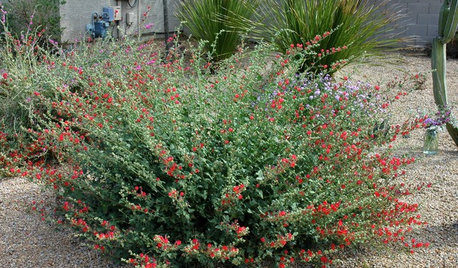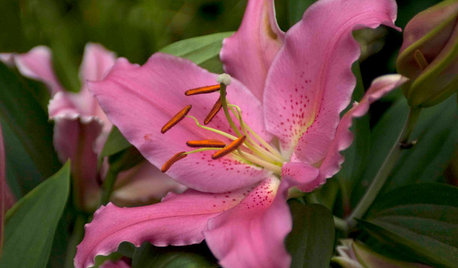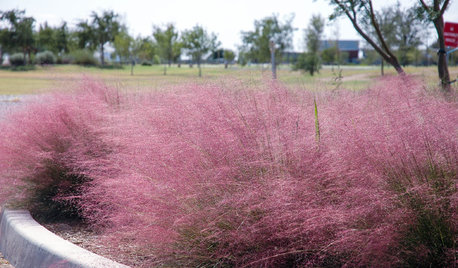Deep root fertilization, helpful or scam?
gbig2
13 years ago
Featured Answer
Sort by:Oldest
Comments (14)
ken_adrian Adrian MI cold Z5
13 years agolast modified: 9 years agogbig2
13 years agolast modified: 9 years agoRelated Professionals
Allentown Landscape Contractors · Brunswick Landscape Contractors · Goodlettsville Landscape Contractors · Los Banos Landscape Contractors · Mastic Beach Landscape Contractors · Pikesville Landscape Contractors · The Villages Landscape Contractors · Hawaiian Gardens Landscape Contractors · Agoura Siding & Exteriors · Callaway Siding & Exteriors · Fairfax Siding & Exteriors · St. Louis Siding & Exteriors · Midwest City Decks, Patios & Outdoor Enclosures · North Myrtle Beach Decks, Patios & Outdoor Enclosures · Renton Decks, Patios & Outdoor Enclosuresmusicalperson
13 years agolast modified: 9 years agowhaas_5a
13 years agolast modified: 9 years agobrandon7 TN_zone7
13 years agolast modified: 9 years agoEmbothrium
13 years agolast modified: 9 years agoDan _Staley (5b Sunset 2B AHS 7)
13 years agolast modified: 9 years agogbig2
13 years agolast modified: 9 years agoEmbothrium
13 years agolast modified: 9 years agoitfox2003
9 years agolast modified: 9 years agomadtripper
9 years agolast modified: 9 years agobrandon7 TN_zone7
9 years agolast modified: 9 years agowisconsitom
9 years agolast modified: 9 years ago
Related Stories

GARDENING GUIDESHow to Keep Your Citrus Trees Well Fed and Healthy
Ripe for some citrus fertilizer know-how? This mini guide will help your lemon, orange and grapefruit trees flourish
Full Story
GARDENING GUIDES5 Prairie Wildflowers That Can Heal Your Soil
Get free, organic soil fertilizer with nitrogen-pumping plants that draw pollinators too
Full Story
GARDENING GUIDESCommon Myths That May Be Hurting Your Garden
Discover the truth about fertilizer, soil, staking and more to keep your plants healthy and happy
Full Story
GARDENING GUIDESHow to Switch to an Organic Landscape Plan
Ditch the chemicals for a naturally beautiful lawn and garden, using living fertilizers and other nontoxic treatments
Full Story
GARDENING GUIDESSouthwest Gardener's February Checklist
Orange you glad for a citrus-fertilizing reminder? And don't forget the recommended doses of vegetable seeds and cold-hardy flowers
Full Story
EARTH DAYThe Case for Losing the Traditional Lawn
Work less, help the environment and foster connections by just saying no to typical turf
Full Story
GARDENING GUIDESHow to Keep Your Trees Healthy
Ensure your trees’ vigor for years to come with these tips for protecting roots, watering effectively and more
Full Story
LIFE7 Things to Do Before You Move Into a New House
Get life in a new house off to a great start with fresh paint and switch plates, new locks, a deep cleaning — and something on those windows
Full Story
FLOWERSGreat Design Plant: Lilies
Try these delightfully exotic stunners for paintbox colors, deep fragrance and intricately detailed petals
Full Story
NATIVE PLANTS10 Top Plants Native to the Desert Southwest
Get a thriving garden despite unforgiving conditions with these tough, unthirsty, sun-loving beauties
Full Story








brandon7 TN_zone7